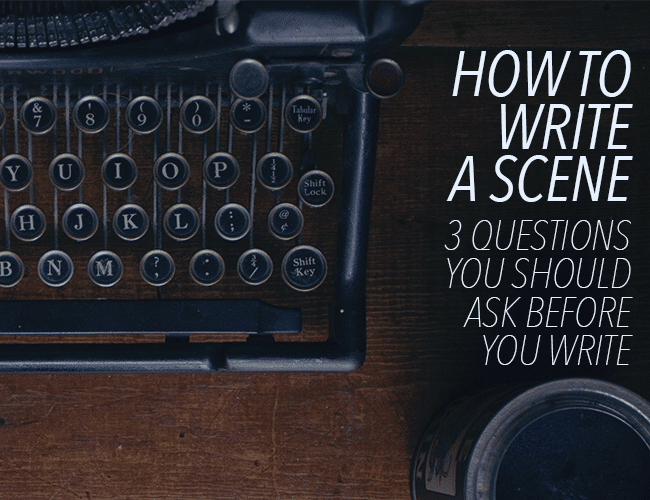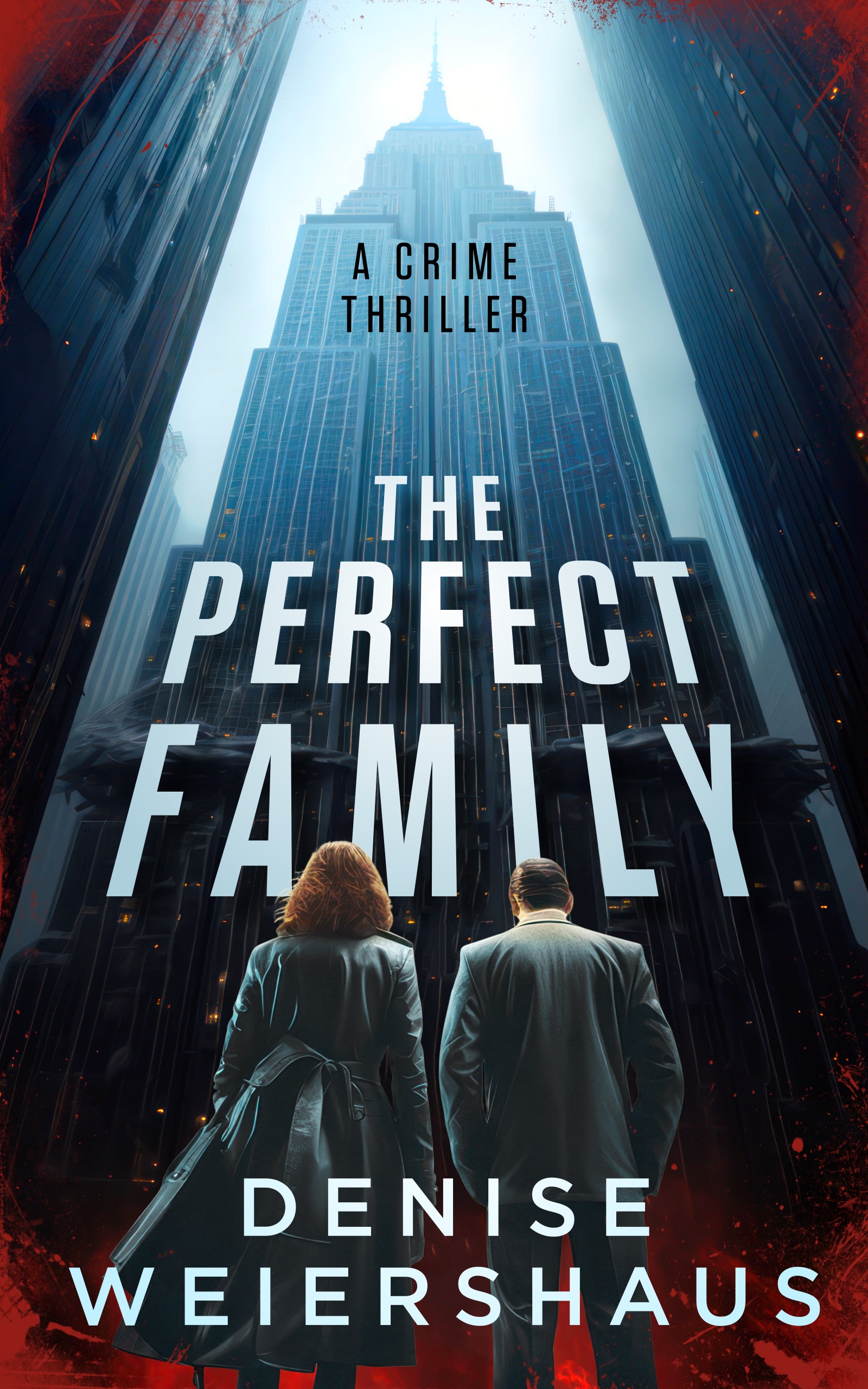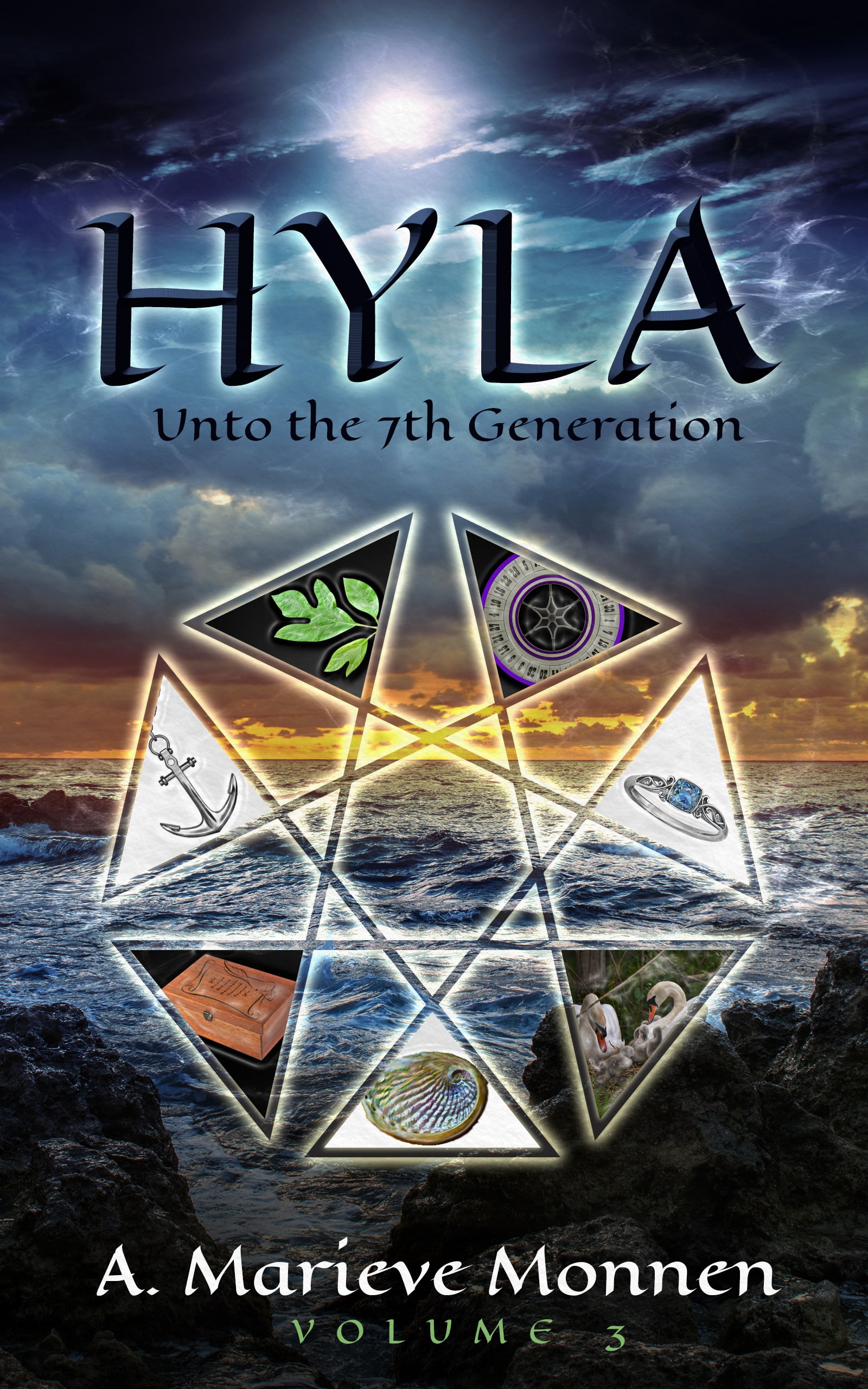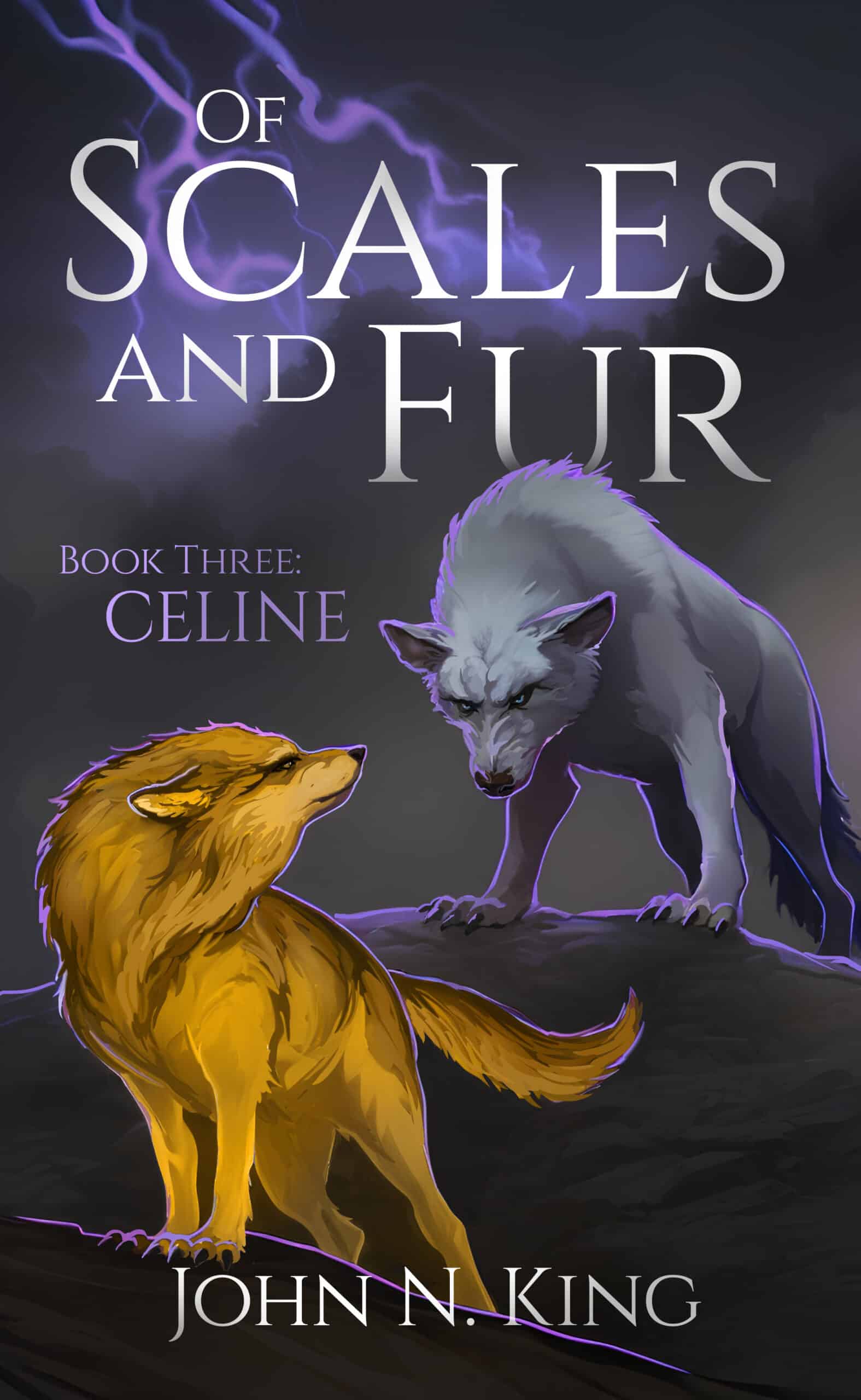Sometimes I get stuck wondering how to write a scene during a first draft. Or maybe I can’t figure out how to revise a story to make it better. Sometimes I wonder if I am ever going to make any progress in my fiction and life. (Please tell me I’m not alone!)

I’ve been revising this summer, and it’s taking longer than I’d like. I keep returning to the basics of good storytelling to evaluate my scenes, and yesterday, it occurred to me that there are three questions I can ask to clarify almost any scene. Coincidentally, they are the same three questions I usually ask myself to tackle almost any life problem.
3 Essential Questions for How to Write a Scene
Do you have goals? Me too. What keeps me from accomplishing them as quickly as I would like? A variety of things, not the least of which are doubt, fear, and time. But if I want to accomplish those goals, I need to act on them to get what I want.
This is not new or astonishing, but have you ever thought about how this is part of the same progression that makes scenes work in fiction? Here are the three questions you can ask and answer to improve a scene (or a life!).
1. What does the character want in this scene? In the story?
Sometimes I write an action-packed scene, full of decisions and tension, but ultimately it flops. Why? My character is just running around without a purpose that matters to the reader.
The character’s want or goal needs to be clear. It is especially effective (and some might argue essential) when the the scene goal is a reflection or a segment of the larger story goal.
For example, in a quest tale, the hero (or heroine) wants to defeat the dragon and/or find the grail, usually to save society. This is the external goal. The internal goal, often unstated, is to prove his or her worth.
If the larger story goal is to find the grail, then the individual scene goals need to be stepping stones to that global goal. In successive scenes, he might want to find a way through the forest, want to defeat an ogre, and want to live through a final showdown with the guardian dragon.
I know this example is painfully obvious, but as I evaluated my own scenes this week, I realized I had a few that needed to be cut because they didn't contribute to the overall goal. My characters were having a great time, but the scene wasn't accomplishing anything in terms of the larger story.
To clarify a scene that isn’t working within a story, I can ask what the character wants in this moment and how it relates to what they ultimately want.
Also, beware of fuzzy goals. If the main character’s goal is “to be happy,” I know we need to do some work. What makes this character happy? Get specific. Clarifying what the character wants will help you evaluate how well the scene is working.
2. What will get in the character’s way?
Conflict keeps our characters from getting what they desperately want. My protagonist will only be as strong as the obstacles and antagonist he faces.
How do we create strong conflict? Go back to the goal. The conflict needed will vary greatly depending on the goal. If the character wants to be popular and admired more than anything, a low-level conflict on her journey might be a hurtful rumor that devalues her in others’ eyes.
In a mob thriller? That problem probably works to the main character’s advantage.
It might be helpful to create a timeline with the goal at the end. Place the obstacles the character faces on the timeline. Does each conflict raise the stakes and challenge the character in increasing degrees? If not, look for ways to cause your character more trouble related directly to their goal.
Conflict can come from all sorts of places. Externally, it can come from an antagonist, nature, society, circumstances, illness, or misinformation.
Internally, conflict is more than just the cartoon image of the angel on one shoulder and the devil on the other. Yes, internal conflict can be a difficult choice, but it can also stem from faulty beliefs about self or the world, habits, and emotions such as fear, doubt, and anger.
Make sure your timeline includes both internal and external forces directly related to the character’s goal. Create conflict that exposes the emotional and physical journey of your characters.
3. How will the character act to overcome conflict and get what he or she wants?
Here’s where the magic of character is made: in a character’s reaction to conflict. Have you ever heard Eleanor Roosevelt’s quote about women? “A woman [or character] is like is like a tea bag—you can't tell how strong she is until you put her in hot water.” As soon as our character experiences the “hot water” of an obstacle, her response reveals her character.
The strongest actions cost the character something, whether it is an external expense such as money or public opinion or an internal expense such as a belief. It’s even better if the action has immediate repercussions and cannot be reversed.
I am as guilty as the next writer of an occasional coincidence or allowing a secondary character to solve the main character’s problem for him. We have to revise those saviors out. Why? They weaken the character. Yes, the decision the character makes or the action he takes might be a disaster, but he has to own that disaster as a part of his overall arc.
It is in the character’s personal, individual response to conflict that readers see who the character is beneath the veneer he carefully crafts in his world. We need strong action to propel the story and character forward.
True for scenes and for life
These three questions can keep you moving forward on your writing and your life. Knowing what you and your characters want can help you identify the obstacles, so you can take action.
Small tip: in fiction, have the character act in bold ways to accomplish his goals.
In real life? Small, consistent steps forward often yield the best results.
Do you have any tips for how to write a scene? Let us know in the comments.
PRACTICE
Choose a favorite scene from your own work in progress or from your favorite book or tv show. Take fifteen minutes to identify the want, conflict, and action in the scene. When you're done, share your findings in the comments, and be sure to leave feedback on your fellow writers' work!
Sue Weems is a writer, teacher, and traveler with an advanced degree in (mostly fictional) revenge. When she’s not rationalizing her love for parentheses (and dramatic asides), she follows a sailor around the globe with their four children, two dogs, and an impossibly tall stack of books to read. You can read more of her writing tips on her website.



There have been a couple times recently where I wrote scenes I might cut later in order to stave off writer’s block. There can be value to writing scenes that won’t push the story forward and that will get cut, just not to the reader. They can serve as writing practice or a way to get to know characters better, or like I did, to keep from getting stuck.
Great point, Alyssa, and a great reminder to write through the tough spots. Thanks for reading and commenting!
true … and I always think about how those elements might find their way into another story in some unexpected way!
This is a great article! Thanks, Sue.
Here’s my practice:-
In the movie, Alice in Wonderland, when Alice finds herself at the bottom of the rabbit hole and discovers that the only way out of the place (objective) is through an impossibly tiny door (conflict), she looks around the place and finds a potion bottle on the table tagged “Drink Me”.
With no other clue in sight, or option before her, she pulls off the stopper and decides to take a swig. After all, what can go wrong in a dream? This immediately shows us the strangely optimistic and eccentric way Alice approaches life. And the rest of the debacle with the “Eat Me” cake and the “Drink Me” potion, before she exits the rabbit hole, further drives in this character trait in our minds. We now know she is an out-of-the-box problem-solver. (Action that shows us who the character is.)
P.S. I love parentheses too. 😉
Ria,
Yes! Great example. (And always glad to have another parentheses enthusiast here.) Thanks for reading.
cool.
I couldn’t think of a favorite scene. I did, however, get accidentally locked out of my house by one of my kids tonight! Myself and toddler (both shoeless no less), along with two sons and daughter were stuck outside with no phone and no way back in, and no neighbors close by. Question number one was especially insightful; there seemed to be surface wants (get back in the house) and deeper wants (dealing with the attitudes around me, interpersonal conflict). Surface wants linked more with the scene, but the deeper wants tied in with the overall story. The deeper wants, as I thought about writing this situation out as a story, also provided more interest and psychological action than all the physical activity that took place.
Ha ha! What a great story! Run with it!
Great example, Alicia. Thanks for sharing that. It gives me something to think for a scene that I am writing.
HA! Great way to analyze real life and apply it to story. Love it!
oooohhhh ,.. awesome! I LOVE how you flipped this frustrating life moment into an opportunity of insight (for writing and life)!
… makes me want to read on to see how you overcame the problem. : )
This is one of the biggest obstacles I face in my writing: what my main character wants.
You aren’t alone. As Alyssa stated in a comment, sometimes we can only write our way to figuring out what the character wants and then clarify it in revision. Thanks for sharing the struggle– it will encourage someone else, I am sure.
I love reading. But, if the plot is too long, then I will forget what happened. This must be why I write short stories, and children’s books….
Thanks, Sue, this was helpful. I don’t write fiction yet, but love gathering insights. Your timeline suggestion brought forth an image in my head of a visually rich timeline to organize the elements you suggest. With the connection you make to our own lives, I thought it would be a great reflection writing exercise to create a timeline of our own lives identifying our goals, obstacles and efforts to overcome.
The Vonnegut quote you included was inspiring. I’ve, of course, read before that the character has to want something, but bringing it down to the level of a glass of water, and then the incrementalism of your timeline suggestion make it more clear to me how to focus the plot.
I have to share how my 15 year-old son implemented this core feature of storytelling. He took a two-week videography class. His group’s “silent film” was about a boy (my son) wanting someone else’s food because he doesn’t have his own lunch. Thus he grabs another boy’s lunch as he eat, a comic chase ensues, the two boys become friends and share the lunch, then another boy comes along, steals the lunch and the first two boys comically chase him.
Their other “music video” was set to the song, “Can’t take my eyes off of you”, and the goal of the bored boy (my son) was to get a new video game. He goes to the video store, sees his favorite video on sale, goes home to cheerfully do chores and earn money, returns to the store only to find that the price has gone up, returns home to do additional chores, brings the jar of earned coins to buy the video game and beams and kicks up his heels as he leaves the store.
They are fun videos which creatively illustrate your lesson, along with the concept of “full circle” in the story.
Thanks!
Terrific examples, Susan! (And as a high school teacher, I love seeing students shine in these creative endeavors.) Thanks for reading.
Good advice. I have heard that the answer to question #3 depends upon what part of the story you are in. What do you think about this advice:
In the first quadrant, character just reacts, without information. Second quadrant, character makes wrong choices. third quadrant, makes some good actions, some good progress but antagonist is stronger. Fourth quadrant, finally makes decisions that gain results.
Agree, Nancy. I think the character acts to get what they want in all four quadrants, but the first two quadrants are much weaker/ ineffective action OR the character doesn’t understand the nature of their want (they think they want one thing, when really it is another). Great breakdown of story structure. It reminds me of Larry Brooks’ structure from Story Engineering. Thanks for chiming in!